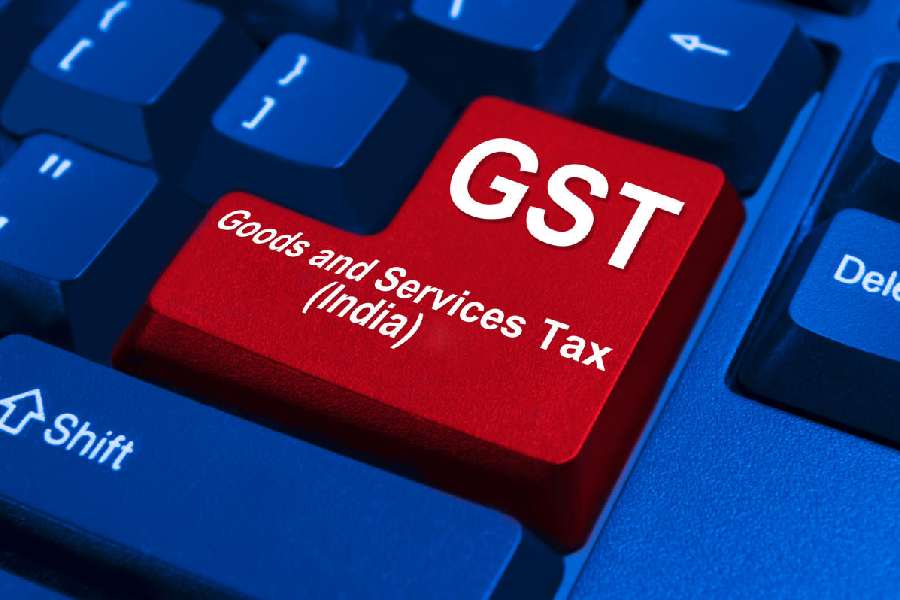The GST Council’s upcoming meeting on December 21 in Jaisalmer has sparked discussions about significant changes to GST rates on various goods and services. The Council’s key agenda includes rationalising GST rates, addressing public demands and compensating for the impending cessation of cess on sin products by March 2026. Below, we explore critical issues surrounding these developments.
Rate review on cards at GST council meet
Several products and services are under consideration for rate revisions. Key categories include:
Health Insurance: There is strong public demand for reducing GST rates on health insurance to improve affordability. The current GST on health insurance is 18 per cent. A reduction would align with the government’s goal of promoting health coverage. The health coverage up to ₹5,00,000 might be kept outside the purview of GST
Garments: Discussions suggest revisiting tax rates on luxury and non-essential apparel.
Sin Products: Items like aerated beverages, cigarettes etc may witness higher GST rates to offset revenue losses.
Luxury Goods: High-end vehicles, branded cosmetics, and other luxury items might also see upward rate adjustments.
These proposed changes reflect a balance between public welfare concerns and revenue optimisation.
Revenue loss from cess withdrawal
The cess levied on sin products and luxury goods is slated to end in March 2026. Current estimates indicate that this withdrawal could lead to an annual revenue loss of approximately ₹70,000 crore. This cess has historically been a significant revenue stream, earmarked for compensating states during the initial GST rollout.
To address this gap, the Council is actively exploring alternative measures, including revising GST rates for targeted categories in order to arrest the revenue loss without giving trouble to the ordinary consumers.
Higher sin tax levy to up revenue
To counter the revenue impact, the Council may introduce the following strategies:
Higher GST Rates on Sin Products: Sin goods likecigarettes, aerated drinks,and alcohol substitutes, which currently attract a cess over the highest GST slab of 28 per cent The higher proposed rates aim to offset revenue losses while discouraging excessive consumption, are likely to face rate hikes. Proposedeffective GST on these items could range between 35 per cent and 40 per cent, ensuring continued revenue inflow.
Luxury Product Revisions: High-end luxury items could see similar hikes, ensuring that the burden of revenue compensation shifts to non-essential sectors.
By rebalancing rates, the Council seeks to minimize the impact on essential and welfare-oriented goods.
Mixed effect of higher sin levies
Increasing GST rates on sin products may have mixed effects: Revenue Generation: Higher rates ensure a stable revenue stream, even post-cess withdrawal.
Consumption Behaviour: Elevated taxes on sin products could deter consumption, aligning with public health objectives. However, thismay also drive black-market sales, undermining legalbusinesses.
Need to reckon the fact that the Textile Industry provides the highest number of employment in the unorganized sector wherein about 50 million people are directly and indirectly engaged.
Compliance Challenges: Industries producing sin goods may face increased compliance costs and potential demand disruptions.
Businesses must prepare for operational shifts, pricing strategy revisions and potential drops in demand.
Health insurance premia cut a concern
Reducing the GST rate on health insurance from the current 18 per cent could make coverage more affordable and expand policy penetration. However, this move raises several concerns:
Ensuring Benefit Transfer: Historically, service providers have not always passed on the benefits of tax reductions to consumers, as required under the anti-profiteering provisions of GSTlaw. This raises questions about whether insurers will lower premiums or retain the benefits.
Public Oversight: Authorities and consumers must vigilantly monitor insurers to ensure that reduced GST rates translate into tangible cost benefits for policyholders.
The Council must balance public expectations with mechanisms to enforce compliance and prevent profiteering.
Need to assess broader implications of changes
The Council and public need to exercise prudence in evaluating the broader implications of rate changes:
Affordability vs. Revenue: While lower GST on health insurance promotes inclusivity, increased GST on sin and luxury products must be carefully calibrated to avoid unintended consequences, such as inflationary pressures or compliance evasions.
Public Monitoring: Strengthening anti-profiteering measures is critical to ensure consumers genuinely benefit from tax reductions.
Conclusion: The GST Council’s deliberations in Jaisalmer are poised to bring pivotal changes to India’s tax structure.
As the government navigates the dual priorities of revenue sustenance and public welfare, transparency, strategic planning, and stakeholder cooperation will be essential. Balancing these objectives ensures that the tax regime evolves equitably, fostering growth and social equity.











